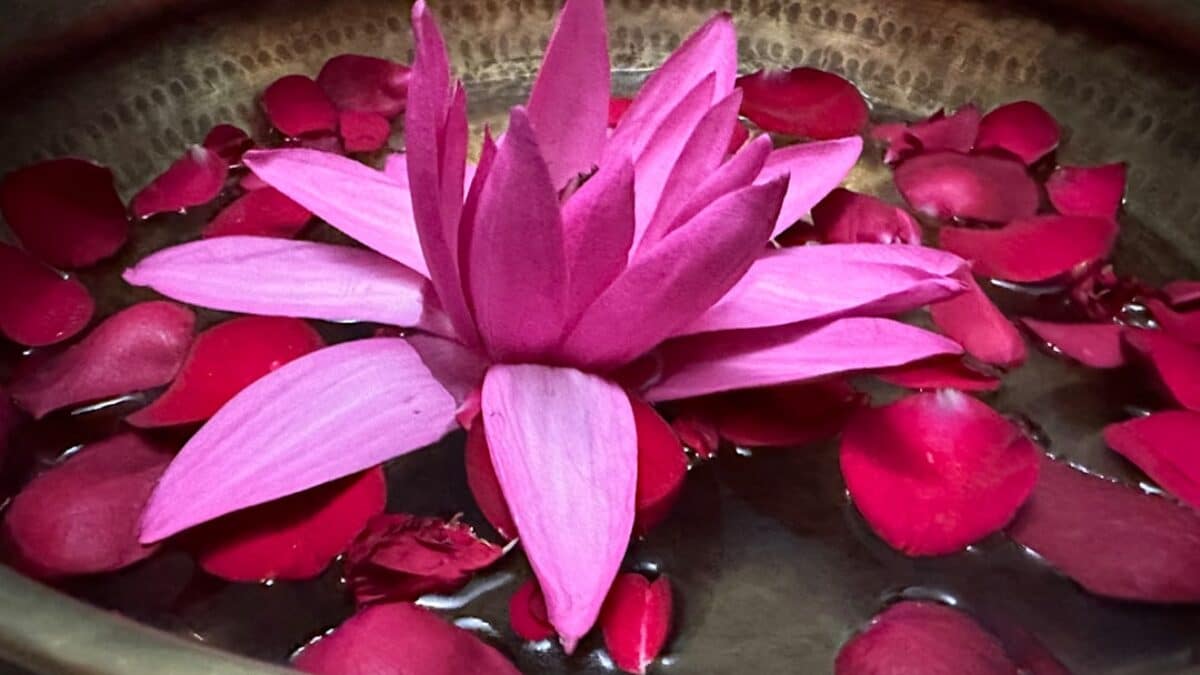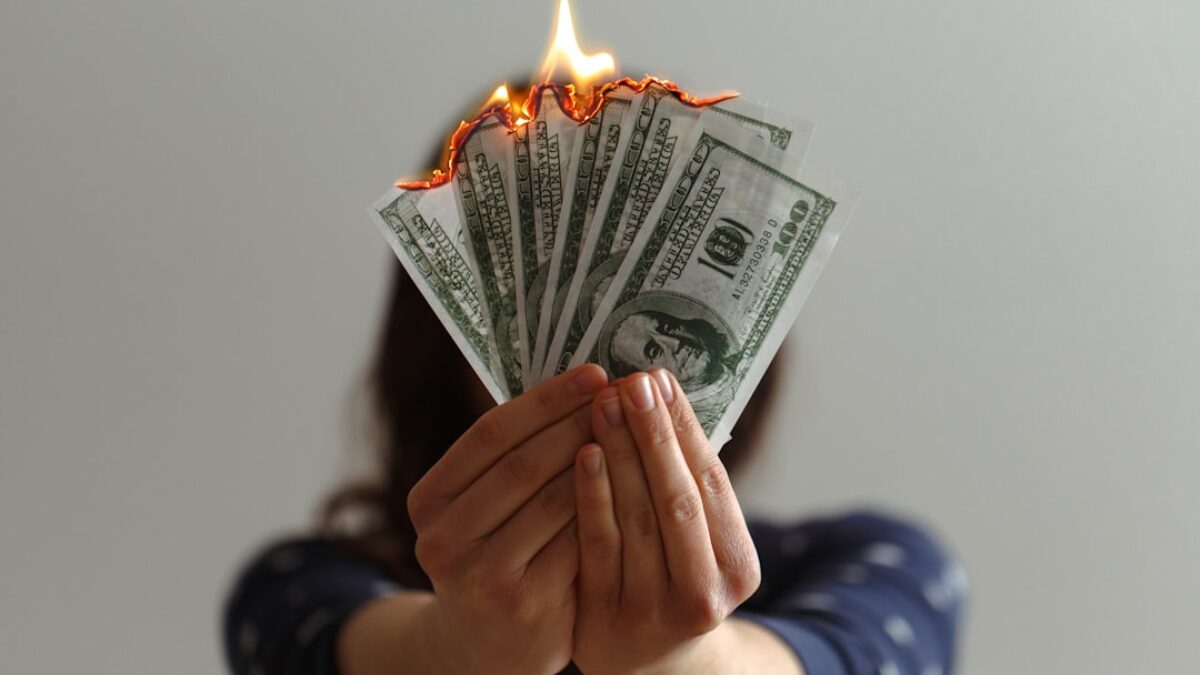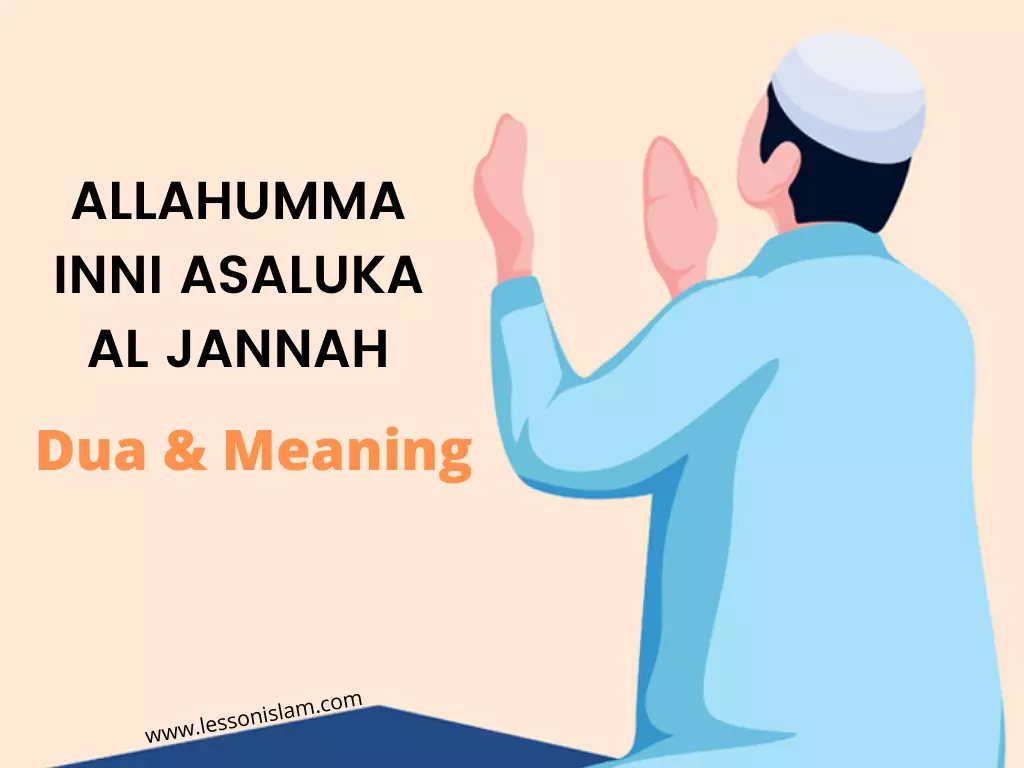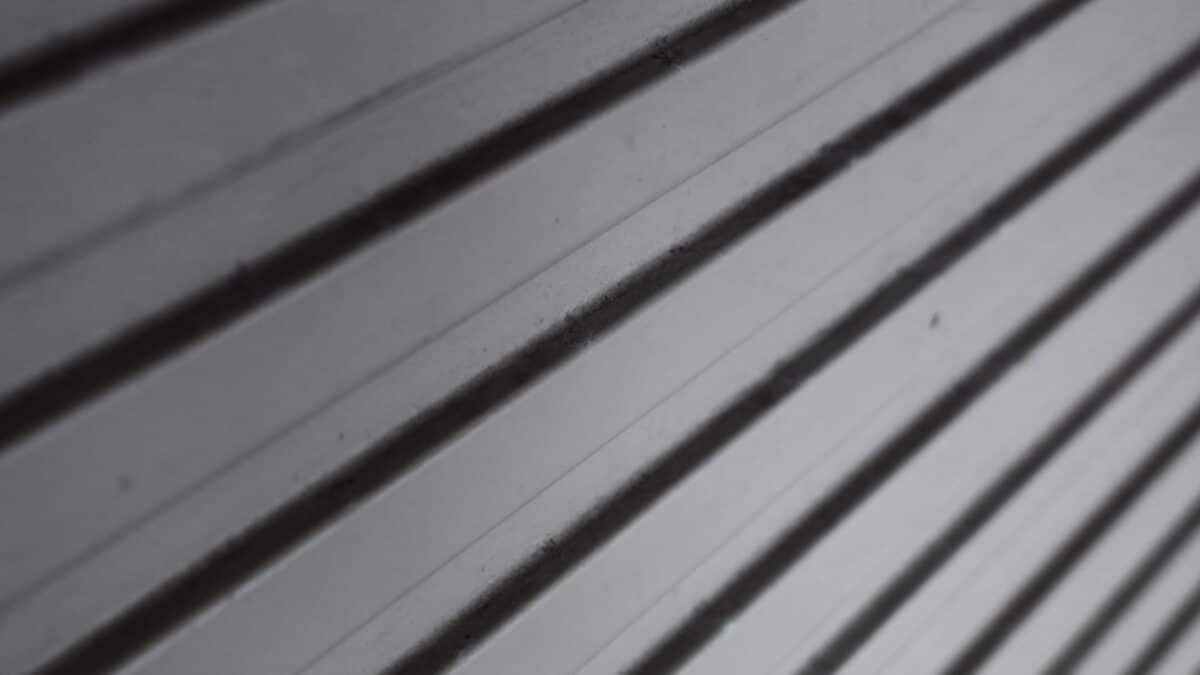When illness strikes, the heart instinctively turns to its Creator seeking relief, comfort and complete healing. Islam offers a treasury of Quranic verses and Hadith-based supplications that serve as spiritual medicine, complementing medical treatment while nurturing hope and inner peace. These duas are not mere words; they are divinely inspired pathways that connect the believer’s soul to Allah’s infinite mercy, inviting His Shifa (healing) on physical, emotional and spiritual levels.
Understanding Islamic Healing Duas
Islamic healing duas transcend conventional prayer; they are prophetic prescriptions distilled from the Quran and Sunnah that address every dimension of sickness. Unlike generic well-wishes, each supplication is time-tested, context-specific and theologically grounded. The Prophet Muhammad ﺺ taught his companions to combine medical treatment with spiritual remedies, establishing a holistic model echoed in modern integrative medicine.
At the core lies Tawakkul (trusting reliance on Allah). While taking lawful means—medicine, surgery, therapy—the believer simultaneously recites duas that reframe suffering as purification, transform fear into submission, and convert pain into reward. The Quranic paradigm appears in Surah Ash-Shu‘ara (26:80): “And when I am ill, it is He who heals me.”
Theological Foundations of Healing Duas
- Divine Names as Healing Sources: Allah’s names Al-Shafi (The Healer), Al-Kafi (The Sufficient), Al-Razzaq (The Provider) are invoked to target specific ailments.
- Quranic Verses as Ruqya: Selected verses, when recited with intention, act as protective shields (Surah Al-Falaq, An-Naas) and curative light (Surah Al-Fatiha).
- Prophetic Methodology: The Prophet ﺺ laid hands on the sick, blew gently, and recited precise duas, leaving us a replicable model.
Key Components of Powerful Healing Duas
Effective duas share four non-negotiable elements:
- Niyyah (Sincere Intention): One must intend only Allah’s pleasure, not mere habit.
- Khushu’ (Presence of Heart): Recitation requires focus; wandering minds dilute potency.
- Tawassul (Prophetic Intercession): Using the Prophet’s ﺺ supplications or invoking Allah through His beloved servants.
- Consistency & Timing: Repeating duas at prophetic moments—after Fajr, before Maghrib, during Tahajjud—amplifies effect.
Quranic Verses for Physical Healing
| Verse | Arabic Text | Transliteration & Translation | Application |
|---|---|---|---|
| Surah Al-Fatiha 1:1-7 | الْحَمْدُ لِلَّهِ رَبِّ الْعَالَمِينَ… | Al-hamdu lillahi Rabbil-‘Alamin… All praise is due to Allah, Lord of the worlds. |
Recite 7× on water or directly over pain; known as Ruqya al-Sharia. |
| Surah At-Tawbah 9:14 | وَيَشْفِ صُدُورَ قَوْمٍ مُّؤْمِنِينَ | Wa yashfi sudura qawmin mu’minin And heal the hearts of a believing people. |
Recite for emotional trauma, anxiety, grief. |
| Surah Yunus 10:57 | يَا أَيُّهَا النَّاسُ قَدْ جَاءَتْكُم مَّوْعِظَةٌ مِّن رَّبِّكُمْ وَشِفَاءٌ لِّمَا فِي الصُّدُورِ… | Ya ayyuha an-nasu qad ja’atkum maw’izatun min rabbikum wa shifa’un lima fi as-sudur… O mankind, there has come to you an admonition from your Lord and healing for what is in the breasts… |
Ideal for spiritual ailments—jealousy, hatred, despair. |
Hadith-Based Healing Supplications
1. Dua of the Prophet ﺺ for General Sickness
Arabic: اللَّهُمَّ رَبَّ النَّاسِ، أَذْهِبِ الْبَأْسَ، اشْفِ أَنْتَ الشَّافِي، لَا شِفَاءَ إِلَّا شِفَاؤُكَ، شِفَاءً لَا يُغَادِرُ سَقَمًا
Transliteration: Allahumma Rabban-nas, adhhibil-bas, washfi Anta ash-Shafi, la shifa’a illa shifa’uk, shifa’an la yughadiru saqaman.
Translation: O Allah, Lord of mankind, remove the harm and heal, for You are the Healer; there is no healing except Your healing, a healing that leaves no illness behind.
Usage: Recite 3× while placing right hand on the affected area, ideally after ablution.
2. Dua for Pain Relief
Arabic: بِسْمِ اللَّهِ (x3)
ُ أَعُوذُ بِاللَّهِ وَقُدْرَتِهِ مِنْ شَرِّ مَا أَجِدُ وَأُحَاذِرُ
Translation: In the name of Allah (3×), I seek refuge in Allah and His power from the evil of what I feel and fear.
Practice: Place hand on pain spot, recite, then blow lightly three times.
3. Dua for Fever
Arabic: الْحَمْدُ لِلَّهِ الَّذِي يُعَافِينِي فِي جَسَدِي، وَيُرْزُقُنِي الصِّحَّةَ وَالْعَافِيَةَ
Transliteration: Al-hamdu lillahil-ladhi yu’afini fi jasadi, wa yurzuqni as-sihhata wal-‘afiya.
Translation: Praise be to Allah who grants me well-being in my body and provides me with health and wellness.
Benefits and Importance
Regular recitation of these duas yields multi-layered benefits:
- Biological Impact: Studies in biofield therapy suggest rhythmic Quranic recitation lowers cortisol and boosts immunity.
- Psychological Resilience: Believers report increased patience, reduced anxiety and hopeful outlook.
- Spiritual Growth: Illness becomes a purification station; sins are expiated, ranks elevated.
- Family Bonding: Collective dua sessions unite households, especially during critical illness.
“Treat your sick ones with Sadaqah (charity).” — Prophet Muhammad ﺺ
This Hadith underscores the synergy between spiritual and social healing.
Practical Applications
Creating a Healing Routine
Morning & Evening Adhkar: Begin with prophetic morning/evening duas (found in Hisnul Muslim). Quranic Ruqya Session:
Recite Surah Al-Fatiha 7× Follow with Ayat al-Kursi (2:255) 3× Conclude with last two Surahs 3× each, blowing gently into hands and wiping over body. Olive Oil Infusion: Recite Surah Ya-Sin over extra-virgin olive oil, apply with gentle massage. Water Therapy: Write Quranic verses on paper with edible ink, dissolve in Zamzam water, drink daily.
Case Study: Recovery from Chronic Migraine
Situation: Aisha, 34, suffered migraines for 5 years. Neurologists prescribed triptans with limited relief.
Integration:
- Daily Surah Al-Fatiha recitation 7× after Fajr.
- Evening Ruqya using prophetic dua over forehead.
- Increased Sadaqah (weekly charity of $20 to local clinic).
- Reduced caffeine, adopted Sunnah sleep schedule.
Outcome: Within 3 months, migraine frequency dropped 70%; pain intensity reduced from 8/10 to 2/10.
Digital Dua Reminders
Leverage technology:
Set phone alarms with Quranic healing verses as ringtones. Join Telegram groups where members recite collective Ruqya at fixed hours. Use Quran apps (e.g., Muslim Pro) with audio recitation for passive listening during commute.
Frequently Asked Questions
What is the best time to recite healing duas?
The most potent windows are:
- During Sujood: Closest point to Allah; whisper personal pleas.
- Last third of night (Tahajjud): Descent of divine mercy.
- Between Adhan & Iqamah: Supplications are never rejected.
- After obligatory prayers: Hearts are softened post-Salah.
Combine timing with wudu, Qibla-facing posture and raised hands for maximum efficacy.
Can duas replace medical treatment?
Absolutely not. The Prophet ﺺ said, “Seek treatment, O servants of Allah, for Allah did not send down a disease except that He sent down its cure.” Duas complement medicine by:
Accelerating recovery through divine blessings. Mitigating side effects via spiritual protection. Converting physical trial into spiritual elevation.
How to involve children in healing duas?
Transform it into a family ritual:
Bedtime Routine: Teach Surah Al-Falaq & An-Naas with hand motions. Sticker Charts: Reward consistent recitation with small gifts. Storytelling: Narrate how Prophet Ayyub (AS) endured illness with dua. Group Dua After Meals: Short, melodious supplications foster
























Post Comment